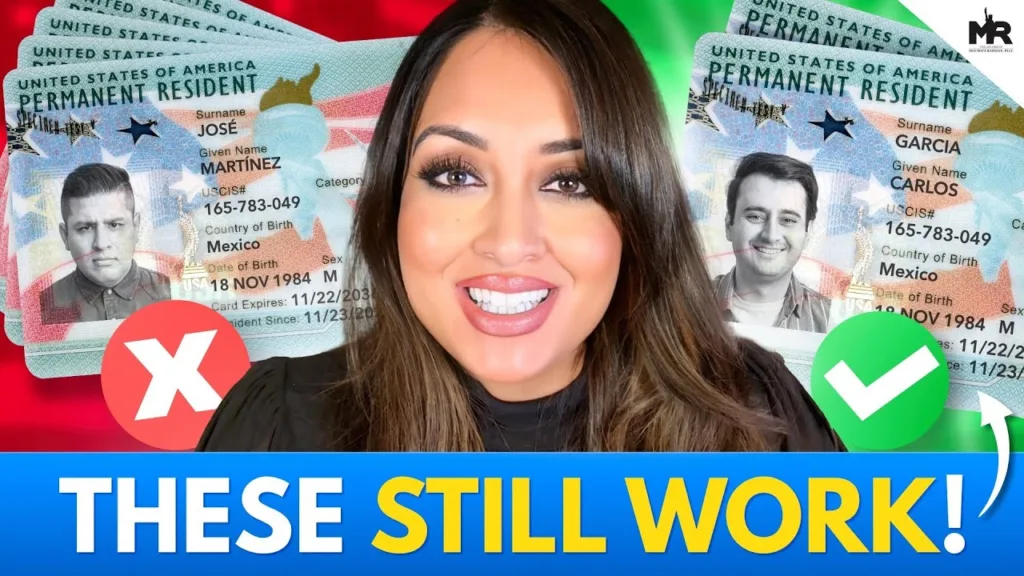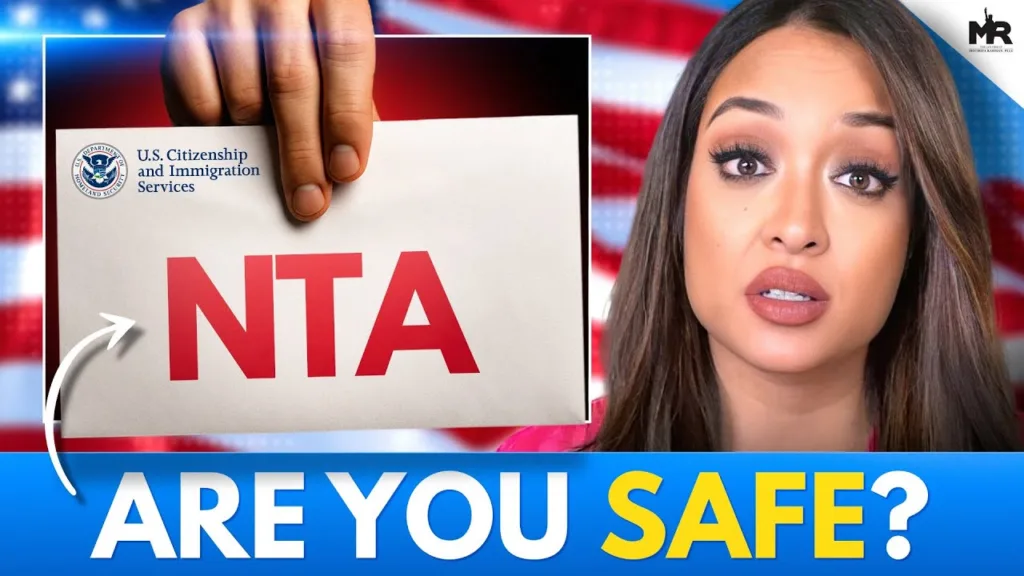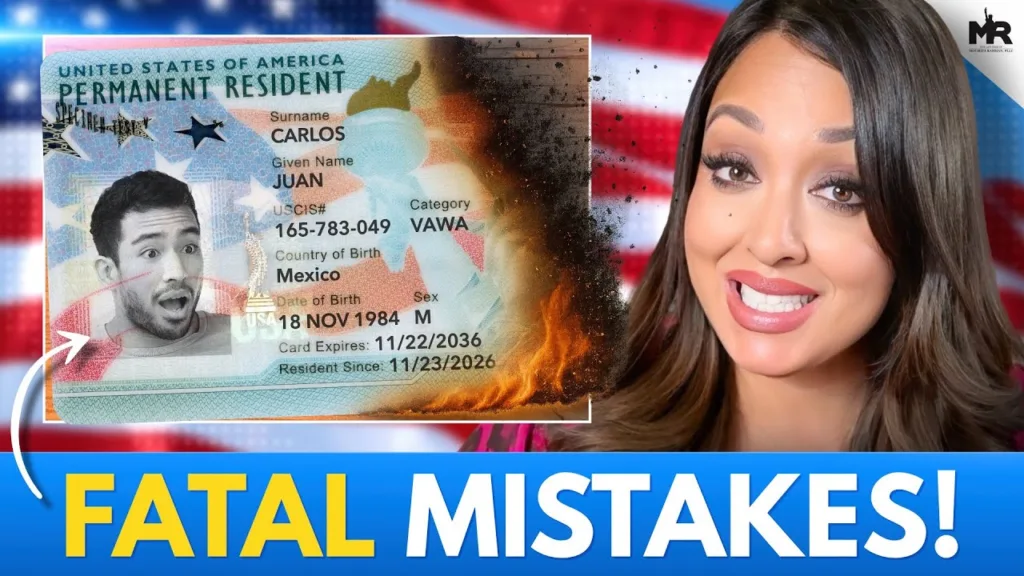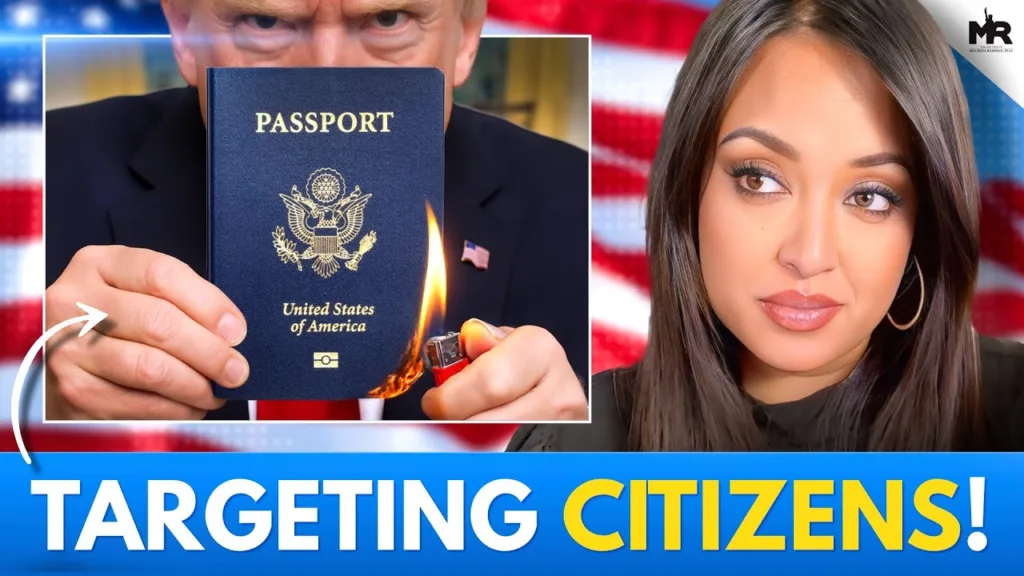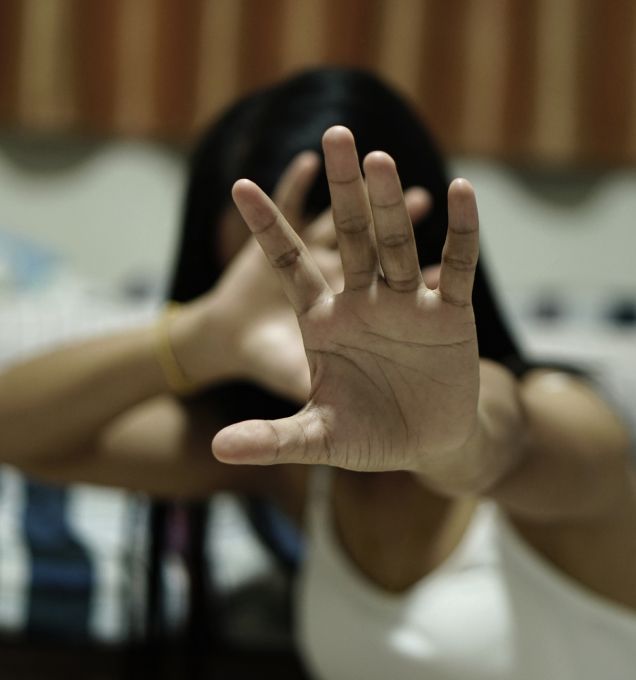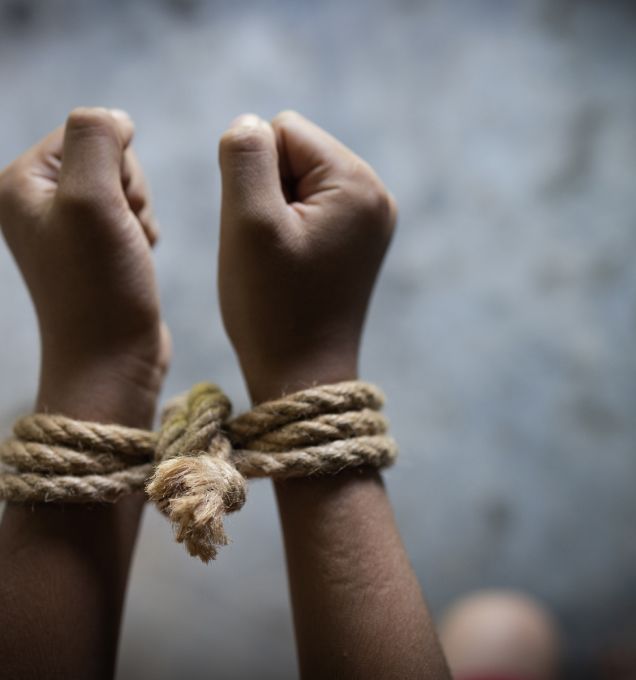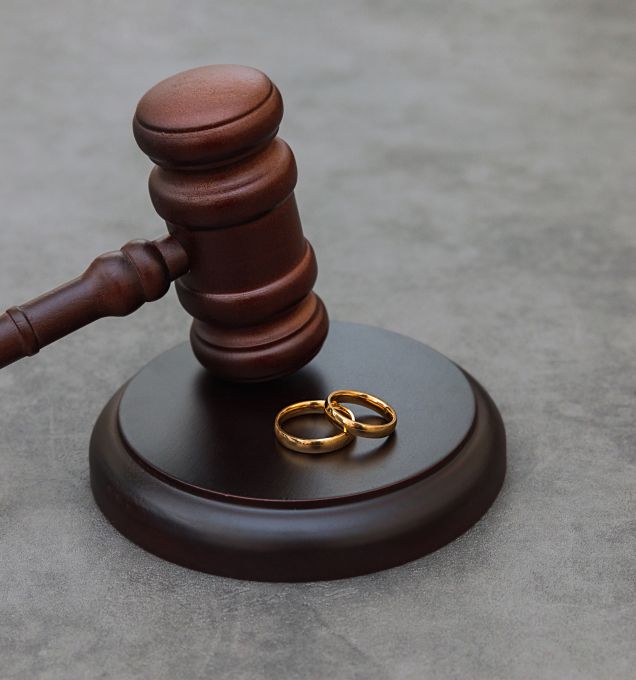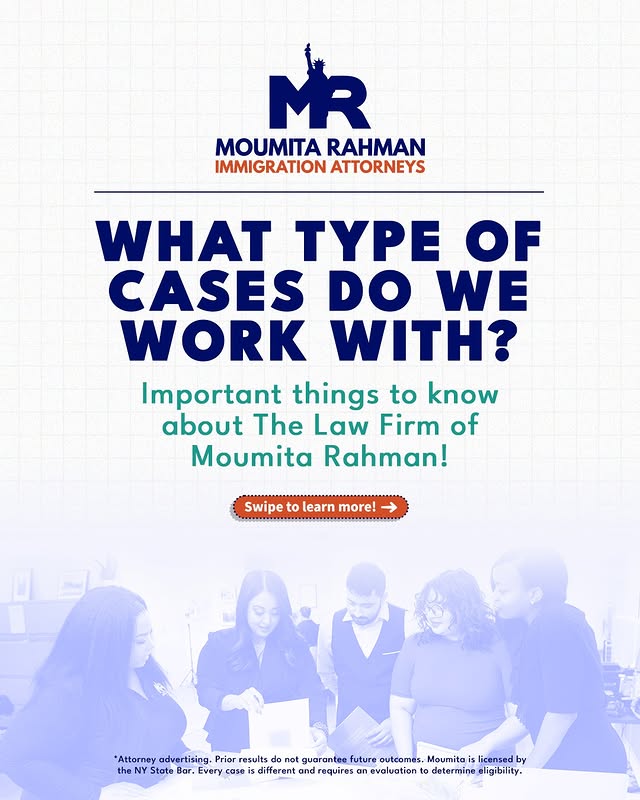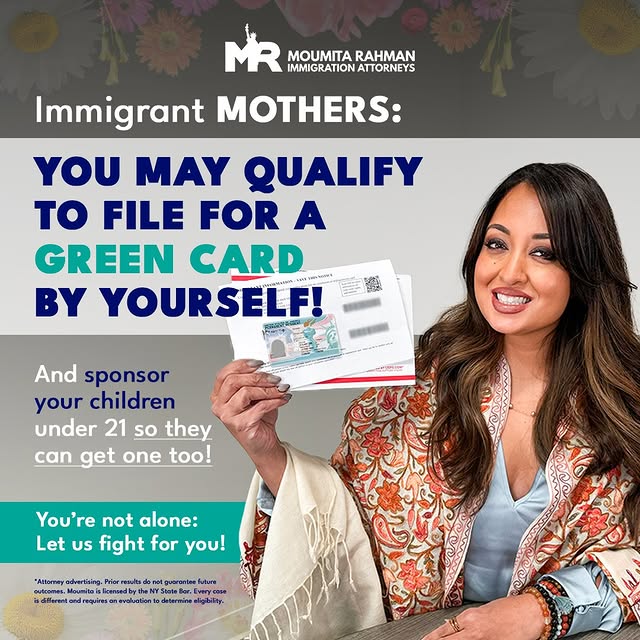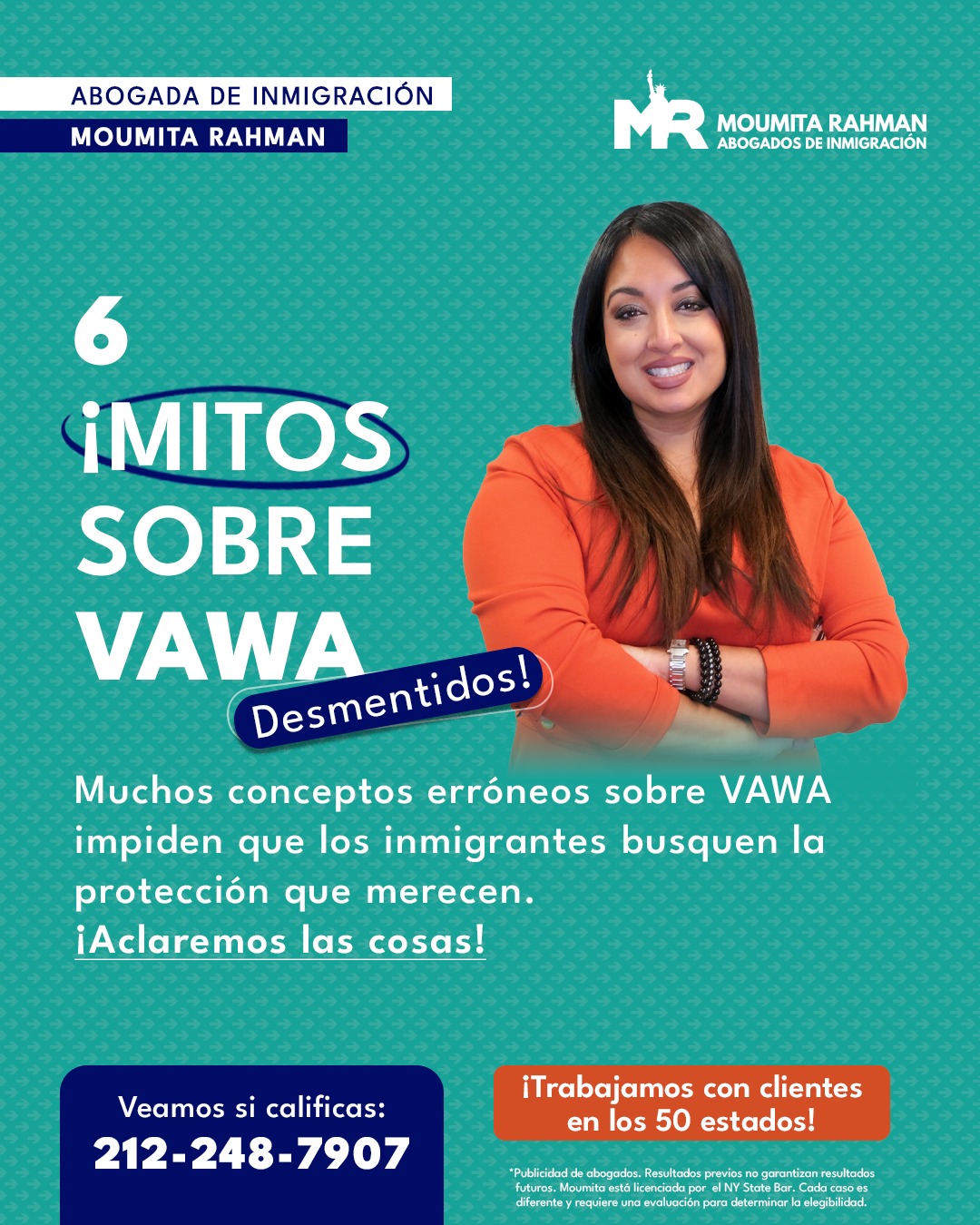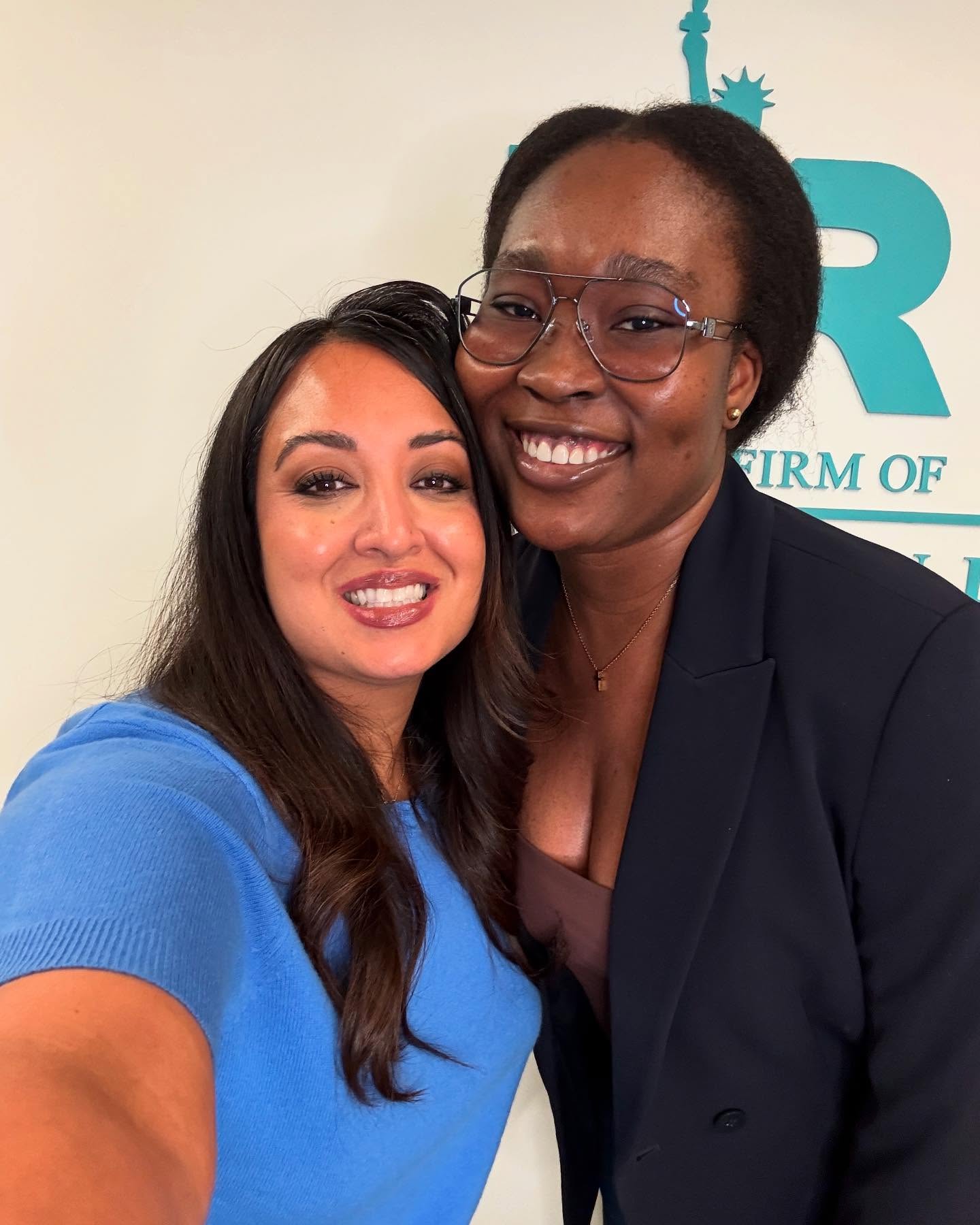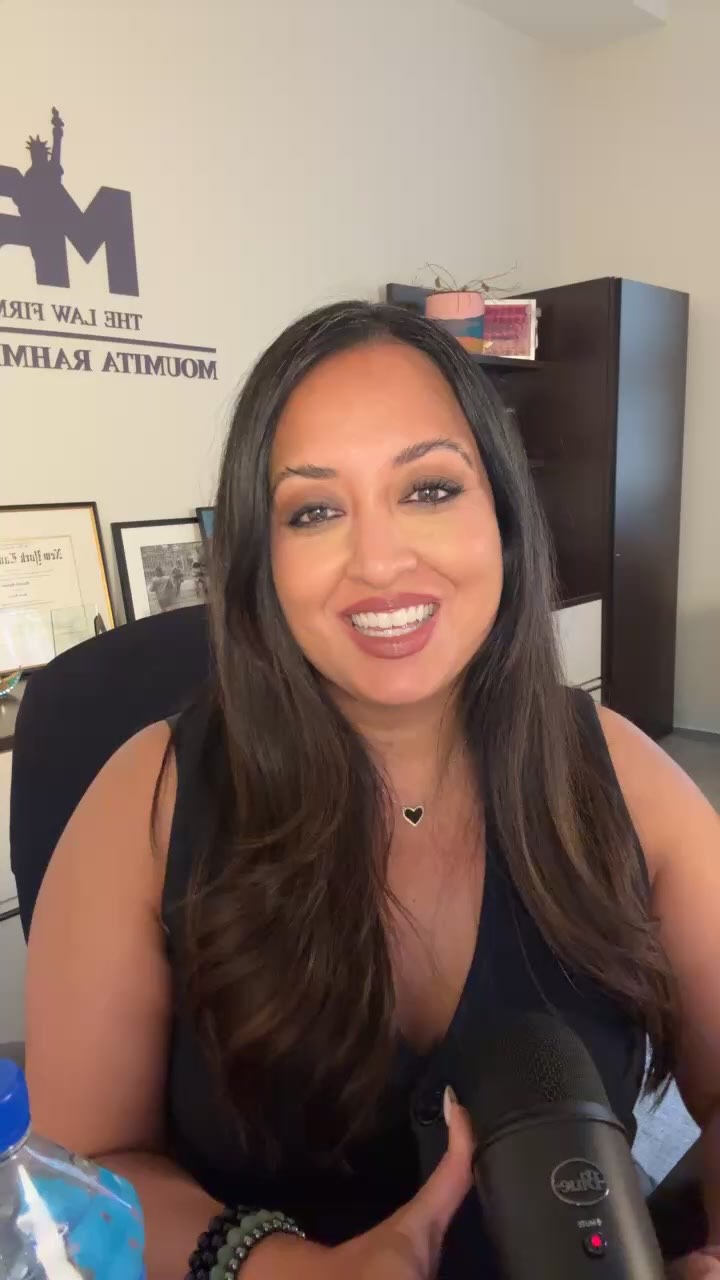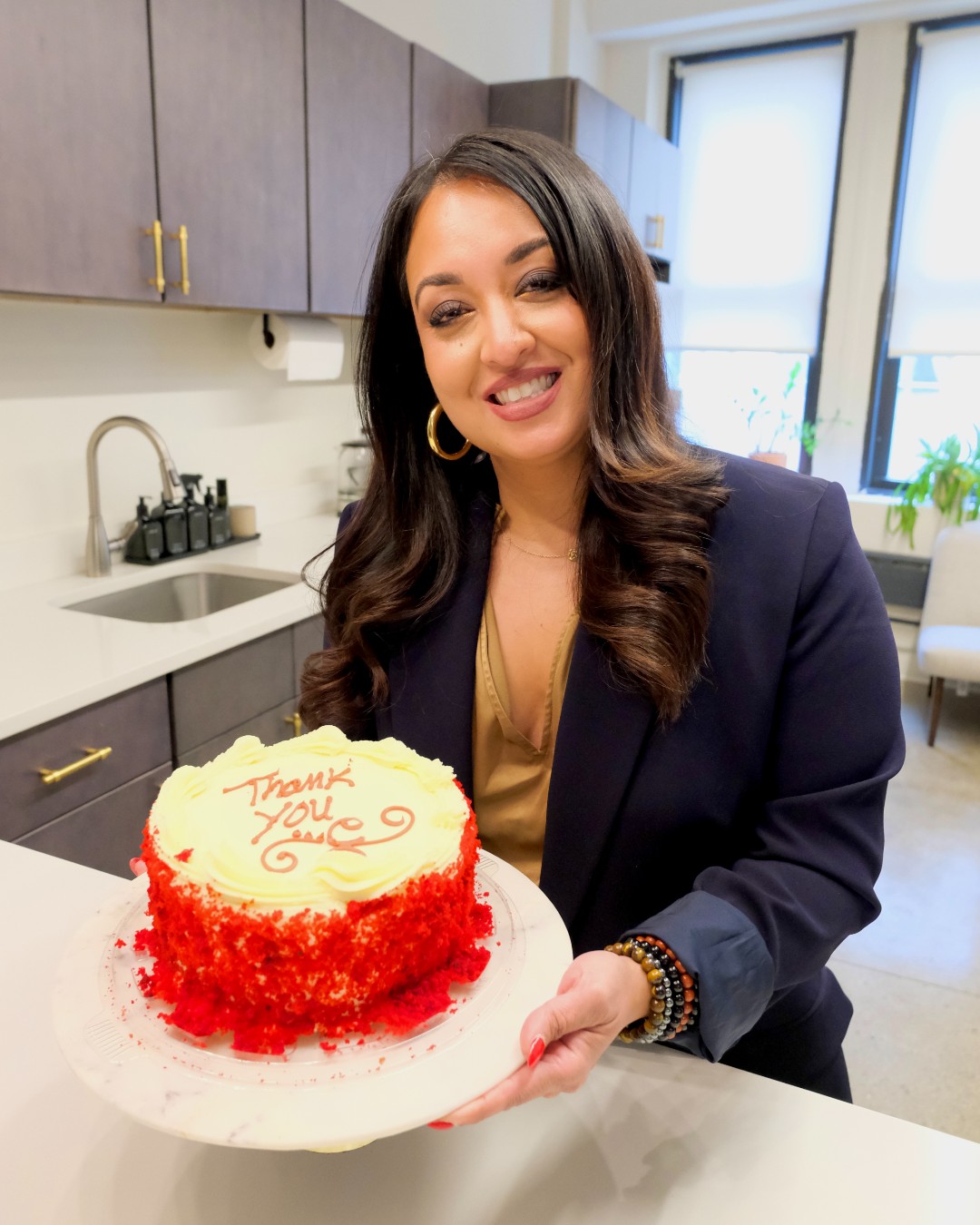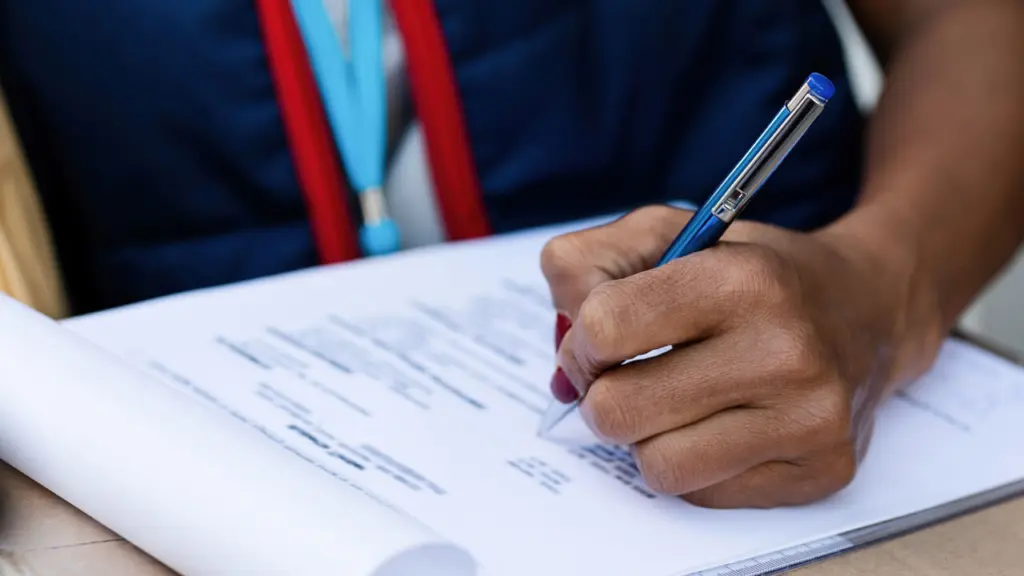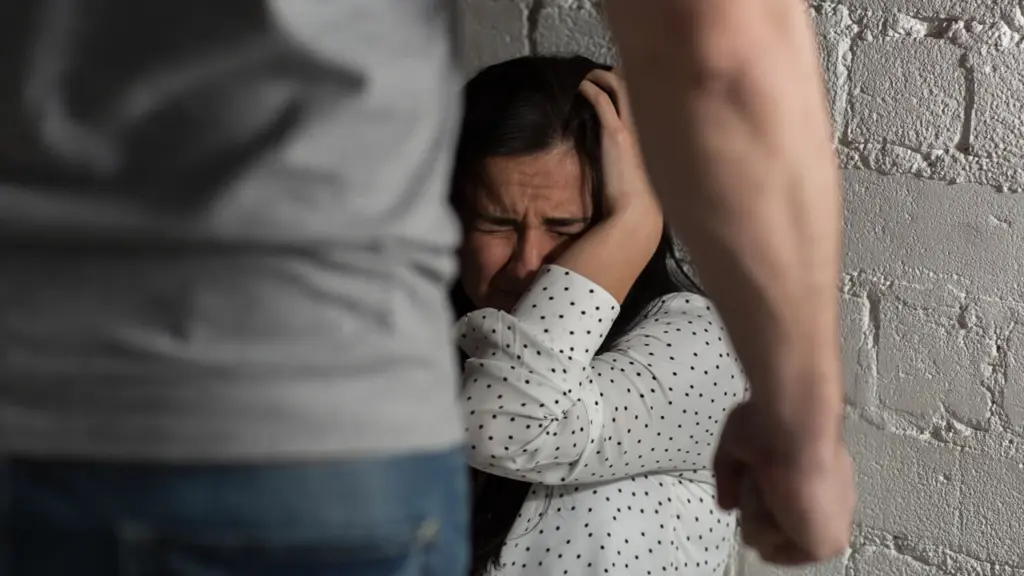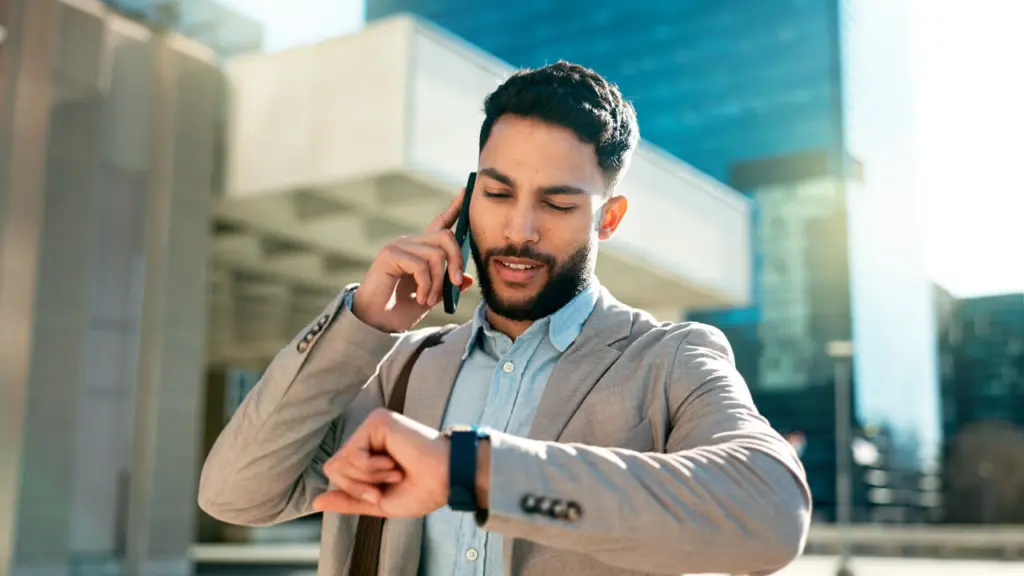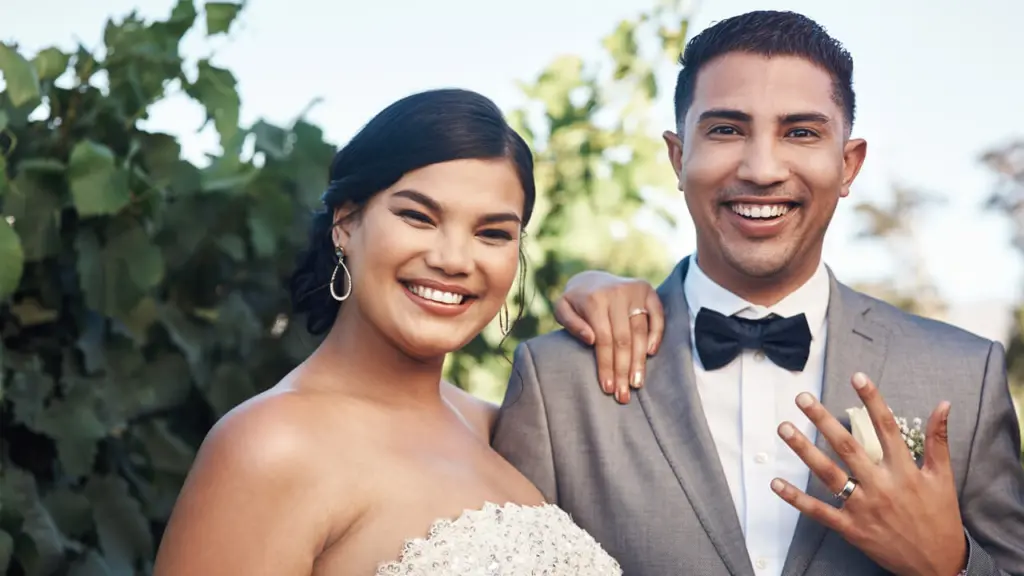
COMPASSIONATE IMMIGRATION ADVOCATES SERVING CLIENTS NATIONWIDE
We find solutions to complex immigration problems and give hope to those who thought they had no options. Founded and led by Moumita Rahman – an immigrant herself – our firm understands firsthand the fears and challenges you face. Based in New York City, we represent clients in all 50 states, leveraging a diverse team of attorneys and paralegals (many of whom are immigrants or have personal immigration stories) to work on every case with a “no stone left unturned” mentality. We take pride in exploring every avenue to secure your legal status so you can live without fear.
Contact us now to schedule your case evaluation. Moumita Rahman – Immigration Attorneys: We fight for your freedom!
PROVEN RESULTS THAT MAKE A DIFFERENCE
Permanent Residency
We helped a mother of three finally obtain her permanent residency after years of uncertainty, allowing her to settle down and reunite with her family in New York.
T Visa
We represented a survivor of labor trafficking, securing her T Visa and opening the door to a safe life and new opportunities in the U.S.
VAWA
We stood by a victim of domestic violence and won the approval of her VAWA petition, giving her legal independence and personal safety.






WHY CHOOSE RAHMAN LAW?
Immigrant-Led & Culturally Diverse
Our firm is built by and for immigrants. You’ll work with a team that genuinely cares and is on your side. Not just as lawyers, but as people who have walked in your shoes.
Nationwide Reach with Personal Touch
We represent clients in all 50 states. Whether you’re in New York City, Miami, or Los Angeles, we can help. Our attorneys routinely travel to represent clients at USCIS interviews and immigration courts across the country. No matter which state you’re in, you will receive the same dedicated, personalized attention.
Comprehensive Experience
From family-based petitions and waivers to humanitarian visas – we handle core areas of U.S. immigration law, finding solutions for those who thought they had no options. Our services include VAWA self-petitions for survivors of abuse, T visas for victims of trafficking, family-based green card applications, removal of conditions on residence (I-751 cases), Section 245(i) grandfathering cases, motions to reopen old immigration orders, and related waivers. With over 15 years of experience and hundreds of cases successfully handled, we have a proven track record of navigating the system effectively.
Compassion & Trust
We understand the common fears of starting your immigration journey. You might worry about your safety, wonder if you have a case at all, or feel nervous reaching out for help. We want you to know we welcome you with open arms. Our clients often seek confidentiality, commitment, and compassion in a lawyer – and that’s exactly what we provide. You will never be judged here. Even if you think your situation is hopeless, give us a call. We will listen to your story and find the best path forward together.
Your American dream is our mission
Every immigrant deserves excellent legal services from a compassionate advocate. We believe that you belong here. If you have questions about your status or options, don’t hesitate to reach out. Let’s talk about your options and start your immigration journey today. Contact us to book a case evaluation and take the first step toward your brighter future.
YOU DESERVE TO LIVE HAPPILY WITH YOUR FAMILY
Your peace of mind and well-being are the driving force behind our work. For over 15 years, we have successfully represented immigrants across America. Our clients’ testimonials show that hope always exists—no matter how challenging your immigration situation may appear.
LEARN MORE & GET IN TOUCH
We invite you to explore our site to learn about the specific services we offer and read success stories from people just like you. If you’re considering legal help for your immigration matter, reach out to us. Even if you’re not sure you have a case, we’re happy to evaluate your situation and discuss your options. At The Law Firm of Moumita Rahman, your hopes and concerns become ours – and we won’t rest until we’ve done everything possible to help you “belong in the country you helped build.” Ready to take the next step? Contact us for a case evaluation, and let’s work together toward your freedom and peace of mind.
OUR MOST RECENT POSTS
Can You Get Cancellation of Removal with a U Visa?
U Visa status can protect immigrants who have been victims…
Can you get VAWA based on a domestic violence protection order?
Many people have heard of a domestic violence protection order,…
How Long Does It Take to Get a Green Card After Approval?
If you are wondering: how long does it take to…
Can Two Immigrants Get Married in the United States?
Can two immigrants get married in the United States? Today,…
Guide to Types of Immigration Waivers in NY for Latinos
If you’re wondering which types of immigration waivers could help…


